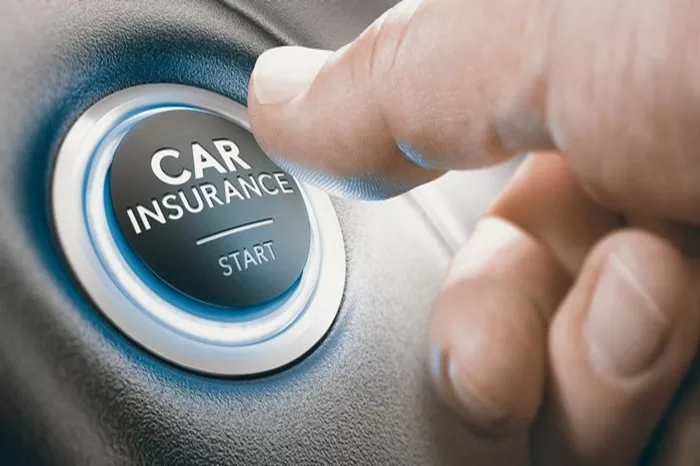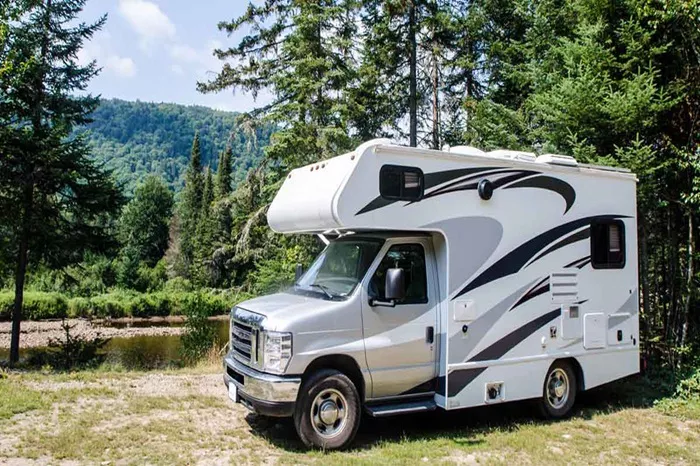Comprehensive car insurance is designed to provide extensive protection for your vehicle, covering damages and losses that aren’t typically addressed by standard collision coverage. However, despite its broad scope, there are specific types of damage and scenarios that comprehensive car insurance does not cover. Understanding these exclusions is crucial for making informed decisions about your car insurance policy and ensuring that you have adequate protection.
This article explores what is not covered in comprehensive car insurance. We will delve into various exclusions and limitations associated with comprehensive policies. By the end, you will have a clearer understanding of the gaps in coverage and how to address them.
1. Damage to Your Vehicle Due to Wear and Tear
Comprehensive car insurance does not cover damage resulting from regular wear and tear. This includes issues like:
Engine wear: Over time, engine components may degrade due to regular use, and this wear is not covered under comprehensive insurance.
Tire wear: As tires naturally wear out, they need regular replacement. Damage from wear and tear is not covered.
Transmission issues: Problems with the transmission due to age or mileage are also excluded.
Battery failure: Battery issues that arise from age or lack of maintenance fall outside of comprehensive coverage.
Regular maintenance and timely repairs are necessary to keep your vehicle in good working condition. Comprehensive insurance is designed to address unforeseen events, not routine maintenance needs.
2. Mechanical Failures
Mechanical failures that are not the result of an accident or external incident are not covered under comprehensive insurance. This includes:
Engine breakdowns: If your engine fails due to internal issues or poor maintenance, it will not be covered.
Transmission malfunctions: Similar to engine failures, transmission issues due to mechanical faults or lack of upkeep are excluded.
Electrical system failures: Failures in the vehicle’s electrical systems due to aging or inadequate maintenance are not covered.
These issues are typically the result of prolonged use and lack of proper care. Comprehensive insurance is designed to cover damages from external sources rather than internal mechanical problems.
3. Damage from Driving Under the Influence
Comprehensive car insurance will not cover damage if the accident occurs while you are driving under the influence of alcohol or drugs. This includes:
Accidents while intoxicated: If you are found to be driving under the influence, your comprehensive coverage may be voided for any resulting damage.
Legal consequences: In addition to insurance implications, driving under the influence can lead to legal penalties and fines.
Driving responsibly is essential to ensure that your insurance remains valid and effective. Comprehensive coverage is designed to protect against unexpected events, not illegal activities.
4. Intentional Damage
Intentional damage to your vehicle is not covered under comprehensive insurance. This includes:
Vandalism you commit: If you damage your own vehicle intentionally, comprehensive insurance will not cover the costs.
Damage from staged accidents: Any damage resulting from fraudulent activities or staged accidents is excluded.
Insurance policies are based on the principle of covering unintentional and unforeseen events. Any intentional damage or fraudulent claims will not be covered.
5. Damage from Natural Disasters
Natural disasters like earthquakes, floods, and hurricanes can cause significant damage to your vehicle. However, comprehensive insurance coverage for these events can vary:
Earthquakes: Damage from earthquakes might not always be covered under standard comprehensive policies.
Floods: While some comprehensive policies cover flood damage, it is essential to review your policy to confirm coverage.
Hurricanes: Damage from hurricanes may be included, but specific exclusions can apply.
It’s crucial to check your policy details and consider additional coverage options if you live in an area prone to natural disasters.
See Also: What Documents Do You Need for Car Insurance? (2024)
6. Damage Due to Inadequate Maintenance
Inadequate maintenance can lead to damage that is not covered under comprehensive insurance. Examples include:
Rust and corrosion: Damage caused by rust or corrosion due to poor maintenance is not covered.
Neglect-related issues: Problems arising from a lack of regular maintenance or repairs are excluded.
Maintaining your vehicle properly can prevent many issues and ensure that your insurance coverage remains valid for unforeseen events.
7. Theft of Personal Items
Personal items inside your vehicle are generally not covered under comprehensive insurance. This includes:
Electronics: Items like smartphones, laptops, or other electronic devices are not covered if stolen from your vehicle.
Valuables: Jewelry, cash, and other valuable items left in your car are not insured under comprehensive policies.
For coverage of personal belongings, consider additional insurance or a rider that specifically addresses personal property.
8. Racing or Extreme Driving
Racing or extreme driving activities are not covered under comprehensive car insurance. This includes:
Track events: Damage occurring while participating in racing or track events is excluded.
Off-road driving: Damage from off-road driving or other extreme activities might not be covered.
Comprehensive insurance is intended for standard driving conditions and unexpected events, not high-risk activities or reckless behavior.
9. Damage from War or Terrorism
Damage from war or terrorism is typically not covered by comprehensive car insurance. This includes:
War-related damage: Any damage resulting from war activities or acts of terrorism is excluded.
Terrorist attacks: Damage caused by terrorist acts or activities is not covered under standard comprehensive policies.
Coverage for such events may require specific policies or riders tailored to these risks.
10. Coverage for Rental Vehicles
Rental vehicles may not be covered under your standard comprehensive car insurance policy. Considerations include:
Rental car insurance: You may need to purchase additional coverage for rental vehicles.
Personal car insurance: Your personal comprehensive policy may not extend to rental vehicles.
Reviewing your policy details and considering additional insurance options can ensure adequate coverage when renting a vehicle.
11. Non-Automobile Related Incidents
Non-automobile related incidents are not covered by comprehensive insurance. This includes:
Home damage: Damage to your home or property is not covered under a car insurance policy.
Medical expenses: Comprehensive insurance does not cover medical expenses related to injuries sustained in an accident.
For these types of coverage, you may need separate policies such as homeowners or health insurance.
Conclusion
Understanding what is not covered in comprehensive car insurance is essential for protecting your vehicle and ensuring you have adequate coverage for various scenarios. Comprehensive insurance is designed to address a wide range of risks but has specific exclusions and limitations. By being aware of these gaps, you can make informed decisions about additional coverage options and maintain proper vehicle care.
For additional protection and peace of mind, consider reviewing your policy details and consulting with an insurance professional to tailor coverage to your specific needs and circumstances.






















